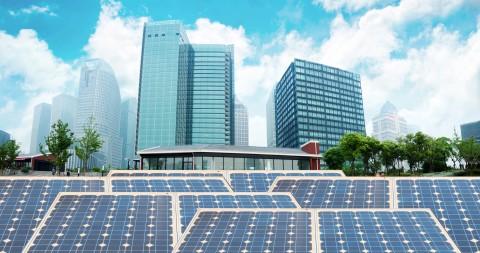
Japan's solar developers rush to finish approved projects
They have to hit completion before reforms roll out this year.
Japan's transition to an auctions-based system for procuring utility-scale solar projects will ultimately slow growth in the sector over the next decade, as the country looks to regulate growth in order to curb costs and ensure grid integration of new intermittent power supplies.
According to BMI Research, growth in Japan's solar power sector will tail-off over the10-year forecast period to 2026, as the government implements reverse competitive auctions for utility-scale solar projects from April 2017.
While Japan's substantial solar project back-log will sustain robust sector growth figures over the next two years, as developers rush to capitalise on the country's attractive feed-in-tariff (FiT) scheme, the government push to prevent the sector from surpassing 2030 targets ahead of time, lower the cost of new capacity through competitive procurement, and ensure intermittent solar power can be feasibly integrated into the grid, will slow growth substantially into the early 2020s.
Here's more from BMI:
We hold a relatively buoyant outlook for solar capacity growth in Japan over the coming two years, as the substantial amount of capacity approved under the country's FiT mechanism - underpinned by attractive feed-in tariffs - will support growth in the near term.
A total of 80GW of solar capacity has obtained approval from the Japanese government under the system due to the relatively attractive rates on offer to solar developers - we estimate that 33.4GW was online by end-2015, leaving roughly 46.6GW left to be commissioned under the FiT mechanism.
We expect eligible developers to rush to develop approved projects before anticipated reforms to the mechanism are implemented in 2017. As Japan does not stipulate a timeframe deadline for project development under the FiT scheme, and enables developers to lock in FiTs prior to construction, we expect project development to remain robust in the near-term as far advanced projects progress.
This will translate into an average annual solar power capacity growth of 12% over 2017 and 2018. That said, there are downside risks to our upbeat near-term view.
As a part of the reform of Japan's solar capacity subsidy support mechanism, the government stipulates that projects approved under the FiT mechanism must provide proof of grid connection agreement by April 1 2017 to prove that they are still active in order to prevent cancelation.
In Japan's case, this will be a pertinent issue, as many FiT applications were launched with the aim to trade projects away, without much scope for land rights and with no equipment accreditation in place. As such, a significant proportion of the approved capacity may therefore be cancelled in April 2017.


















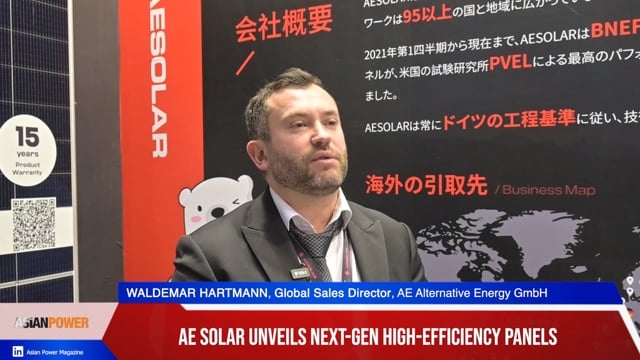
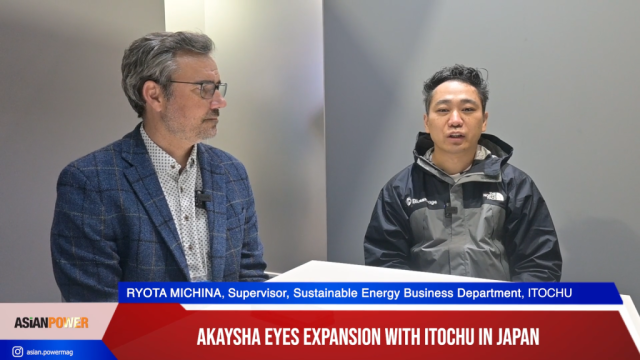
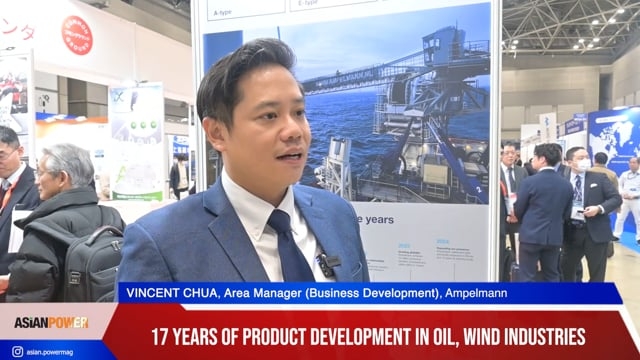
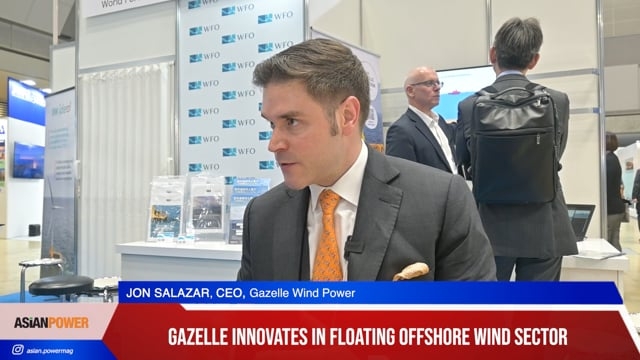

 Advertise
Advertise







